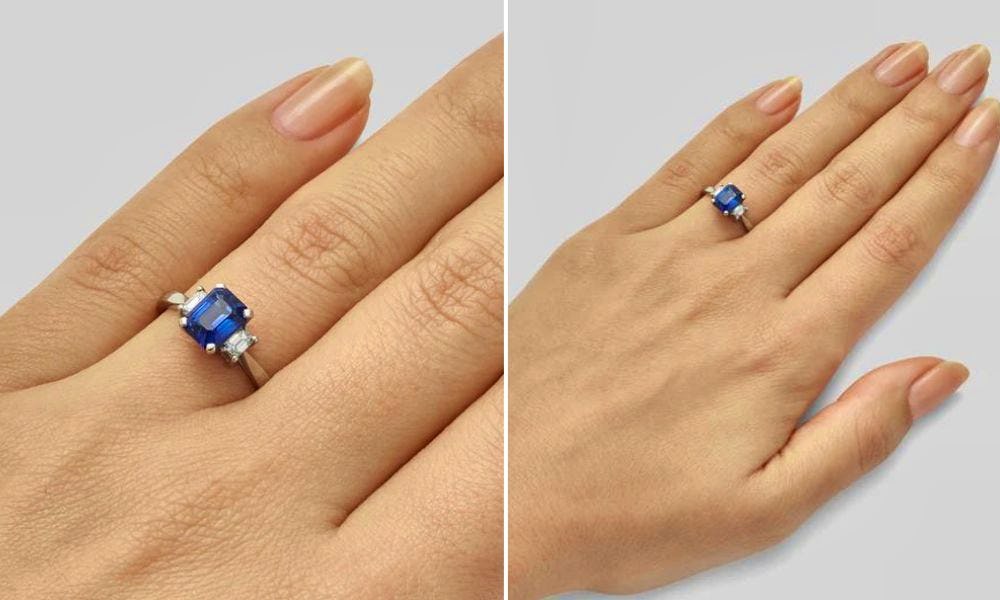Marcel Duchamp (1887-1968), the most influential figure of the ‘Contemporary Art,’ was recognized for his strongly expressed contempt for the field of conventional ‘Fine Arts.’ He was in a way related to ‘Surrealist Movement,’ the descendant of ‘Cubism.’ Duchamp’s methodology and themes however, were not well received by ‘Cubists.’ This led to his inclination towards the ‘Dada Movement.’ “Nu descendant un escalier n° 2 (Nude Descending a Staircase, No.2)” was Marcel’s most famous as well as scandalous ‘Dadaist’ work, which also became a turning point of his life.
Duchamp created “Nude Descending a Staircase, No.2″ work with great enthusiasm, in the year 1912. This path-breaking piece is a large 57.88″ X 35.12” oil work on canvas and currently hangs in the Philadelphia Museum of Art. This monochromic work, mainly in yellow and its shades, is quiet a ‘Cubist’ painting through its geometric representation rather than figurative. What really sets it apart is the spirit of ‘Futuristic Art’ infused in it. This painting hardly has any background, except the allusion to the dark ‘staircase.’ Instead of an embodiment of sensuality, this painting is composed of around twenty or so images of a mechanically structured figure, arranged in a sequence over the ‘staircase.’
In line with the ‘Cubist’ style, the bright figure, silhouetted against a dark background, is hard to distinguish as either male or female, structurally. The sequence of images exemplifies the changing postures of the figure as it descends the staircase, a concept very similar to the composition of a stroboscopic motion picture, which actually is a sequence of stills. “Nude Descending a Staircase, No.2” is definitely a result of keen observation and diligence. It carries an element of raw force of energy and futuristic vision.
This revolutionary ‘Futurism’ and unorthodox methodology drew a lot of opposition and negative reviews in its debut show at the Paris Salon des Indépendants, in 1912. Another reason for the poor response and eventually the rejection of the painting was the backdrop of the covert, contemptuous emotions behind this work. Annoyed Duchamp re-presented the painting at the International Exhibition of Modern Art in 1913. It again received criticism because of the common belief that it was a mere caricature of the much-revered subject of nudity, which lacked artistic aesthetics.
Loved or hated, public attention to “Nude Descending a Staircase, No.2” refused to slacken. It became a subject of many American parodies, including musicals, books, and paintings. This history remarkably justifies the words of William Hazlitt, “When a thing ceases to be a subject of controversy, it ceases to be a subject of interest.”




More Stories
Paintings – Different Types of Supports For Painting
Asian Artwork Via the Eyes of Janet Tava – Guide Woodworkers and Weavers Gold Medallion Tapestry
On Writing and Poetry: Harry Calhoun in Conversation